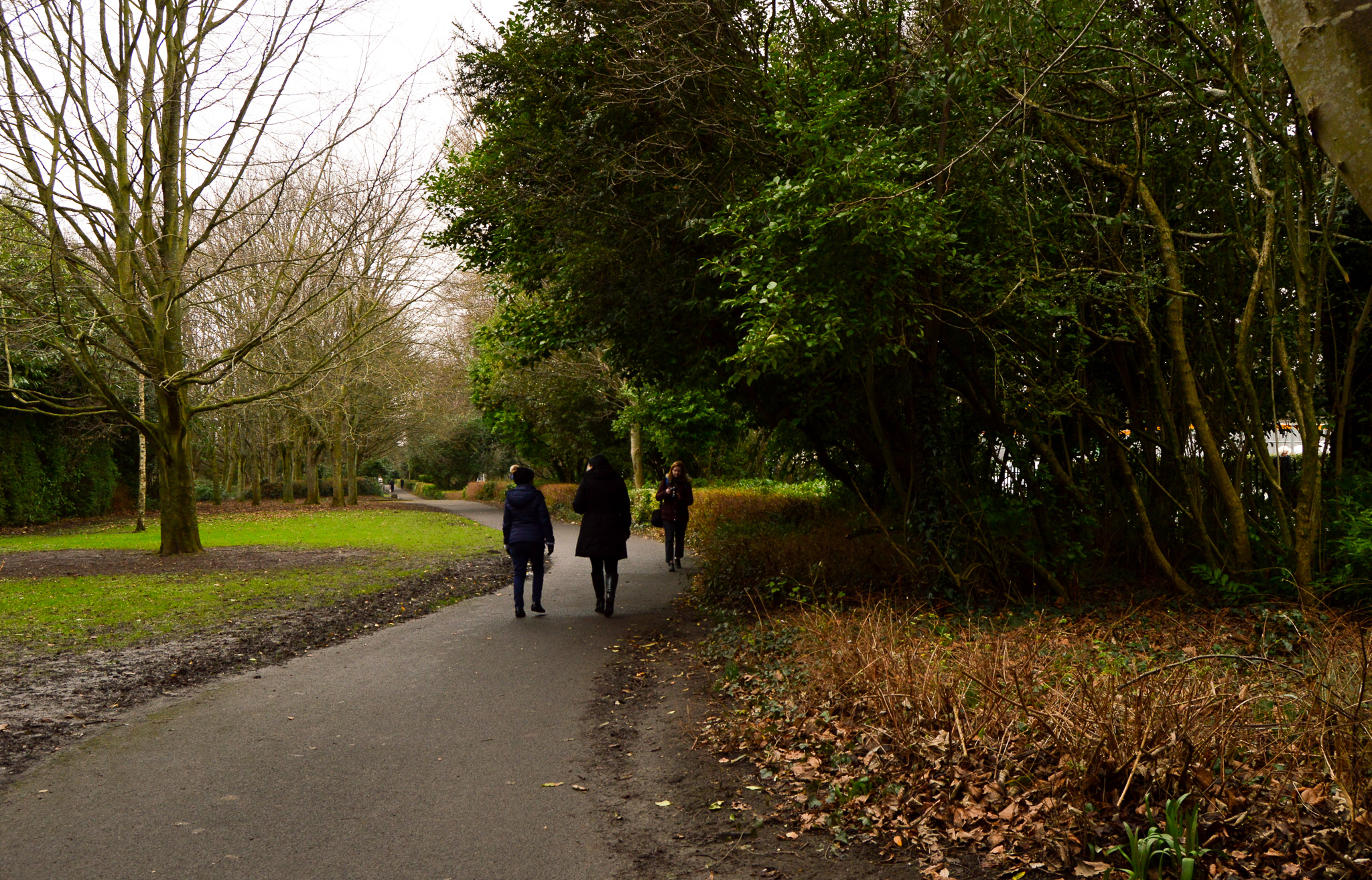
Antarctica: an icy kingdom of polar wildlife and glacier scenery, a corner of the world rarely explored and one still vastly uncovered by man. However, Anthony Powell, the unwavering force behind the forthcoming film Antarctica: A Year on Ice, took on the lengthy challenge of consistently capturing life in this remote location.
Powell is now one of the few people on Earth who can say: “I’ve lived there more than anywhere else in the world”, other than the house he grew up in in Taranaki, New Zealand.
The film is his most recent work and has won countless awards across the US, UK and New Zealand, including Best Documentary at the Bel-Air Film Festival, for its aim in telling both the story of the continent, and chronicling a full year spent living there with few others. “Trying to put it into words is really hard to do, so that was one of the big motivations for the film”, Powell explains.
“Film crews normally only get the chance to be there for a few short months in the middle of summer,” – when the sun shines 24 hours a day, says Powell, remarking on the difference between his and other documentaries. In his offering, Powell captures every eventuality, including winter in which darkness envelopes the landscape for four consecutive months and there are no planes or ships in or out. Temperatures can drop to -60 degrees Celsius: “You could only take your gloves off for five seconds to do something before starting to get frost bite.”
Viewers will be surprised to learn that Powell shot the documentary over 10 years, in his spare time, while working in Antarctica as a communications technician at New Zealand’s research facility Scott Base. “After going through the experience of a whole year in Antarctica a couple of times, I felt that it was a story that had never been told. The only way I could tell it was to do it myself.”
The documentary features numerous time-lapse sequences which display brilliantly red skies and the auroras of winter. All of the time-lapse sequences are made up of thousands of still images shot over days, weeks and even months. Often Powell had to build his own cameras, ensuring they would work in the extreme cold – which saw many attempts fail. He estimates he has taken “a couple of million photos” to put these sequences together.
The film also includes the everyday workers who keep the research bases and equipment running allowing scientists to complete their work. Those interviewed include a pilot, fireman, cook, mechanic, storeman, finance person and operations manager.
So what is it like to live and work in the world’s coldest and windiest continent – which is so dry it is technically a desert? “People have this preconception of Antarctica being a cold, white desolate wasteland but there is so much more to it than that; the amazing colours in the sky, the wildlife and the whole social dynamics of living there when you’re isolated from the rest of the world. I’ve found we do tend to lose touch with pop culture a lot.”
The coldest he’s ever felt? Feeling his eyeballs freeze in their sockets.
Despite living in the harshest environment known to man, he still shows passion for, and pride in, Antarctica: “Even after all these years I still love it. It truly is the last pristine wilderness left on the planet. There are places there no human has ever set foot.”
The documentary also looks at the effect of the T3 syndrome in Arctic explorers, an illness which sees the T3 hormone in the brain reassigned to the body’s muscles in an effort to protect it against the extreme cold.
Remarking on some of the perks of moving to the most southern point in the world he says it is a good way to save money. “All your food and cold weather clothing is provided. Basically there are no living expenses while you are there. The pay is typically the same as doing the job back at home.”
Powell’s story gets even more interesting: certainly the biggest perk of his job has been meeting his American wife, Christine, a fellow adventurer, in Antarctica. They are one of the very few couple to have met and married on the continent, with their 2003 ceremony taking place in the chapel at the US McMurdo base. Christine is featured throughout the film.
Was living in such one of the world’s most volatile environments ever a frightening or overwhelming experience? “Not really. Everyone has to pass a very strict medical examination before going there. It’s very much a matter of becoming familiar with the environment, taking your time, and planning well. Medical help could be days or weeks away if something goes wrong, so careful planning is essential.”
As one of few people to witness the effects of such occurrences, Powell says climate change is definitely a very big problem. “People talk about saving the planet and I don’t think that’s valid at all. What we’ve got to save is ourselves, from our own stupidity.”
For now, he and his wife are “keen to get back down there” as they conclude the promotional trail for the documentary. Next planned is an educational documentary project that aims to be informative and entertaining on a range of arctic topics. Also scheduled are long-term time-lapse studies that “will run for a year or more to reveal new scientific insights.”
Clarissa Waldron
Image credit: Anthony Powell




Leave a Reply